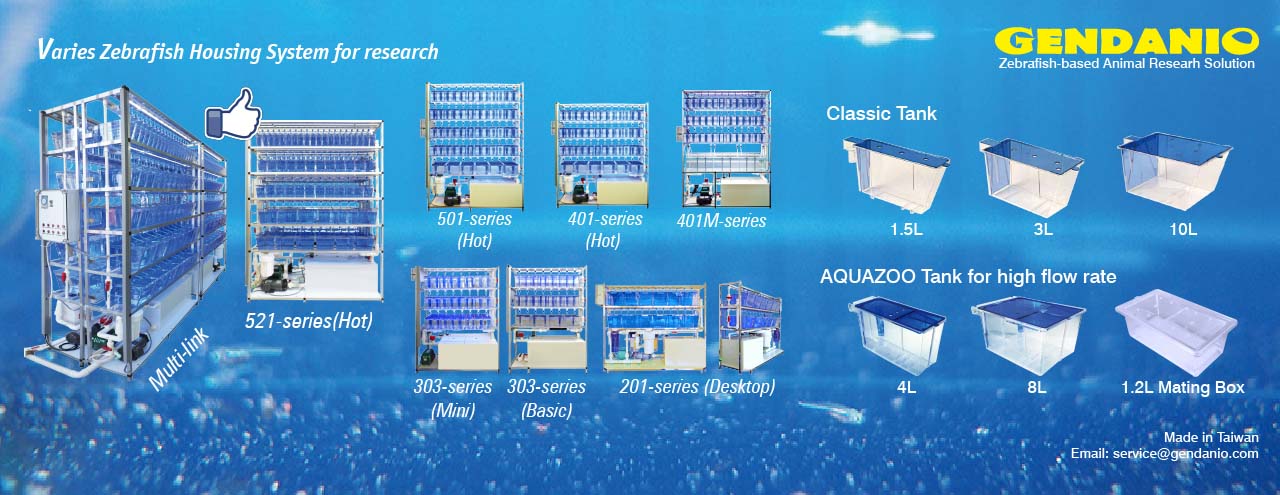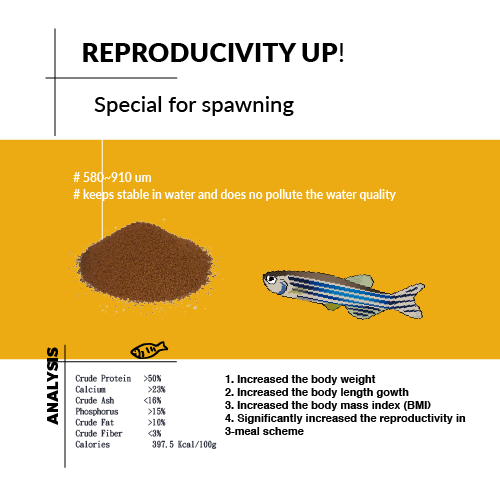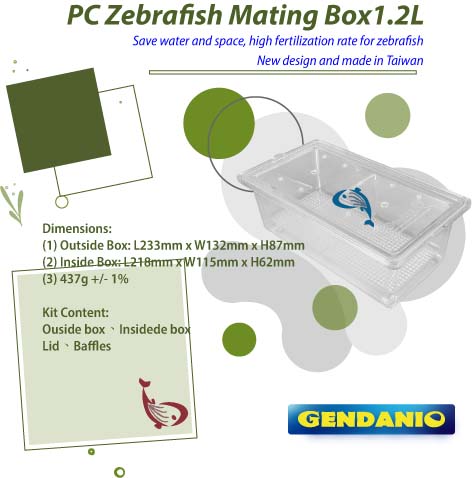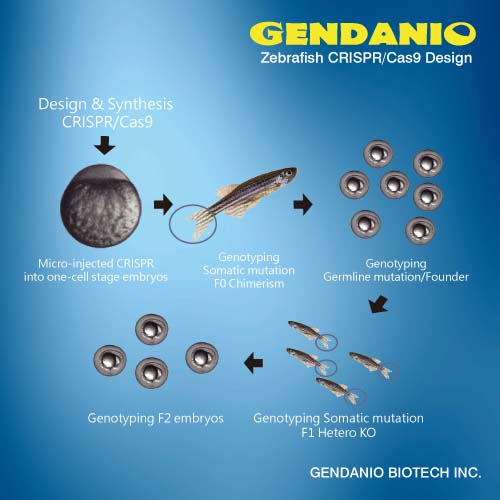Source
Program in Genomics of Differentiation, NICHD, NIH, Bethesda, Maryland 20892, USA.
Abstract
Despite the growing popularity of the zebrafish model system, the optimal husbandry conditions for this animal are not well defined. The aim of this study was to examine the effect of stocking density on reproductive performance in zebrafish. In this study, undertaken by eight different zebrafish facilities, clutches of at least 200 wild-type zebrafish embryos from a single pairwise mating were produced at each participating institution and subsequently reared according to "in-house protocols" until they were 14 weeks old. Fish were then randomly assigned into treatment groups with balanced sex ratios and densities of 3, 6, or 12 fish/L. After a 1-month acclimation period, fish were spawned in pair crosses every 2 weeks for 3 months, for a total of six spawning dates. The number of viable and nonviable embryos produced in each clutch were counted at 1 day postfertilization. Although there was a great deal of variability in clutch size and percent spawning success among laboratories, there were no significant differences in average clutch size, spawning success, or percent viable among the treatment densities. These data suggest that using stocking densities as high as 12 fish/L does not have a negative impact on performance, when measured by reproductive performance.
- PMID:
- 21854208
- [PubMed - in process]
- PMCID: PMC3180766
- [Available on 2012/9/1]
Soruce: NCBI
























